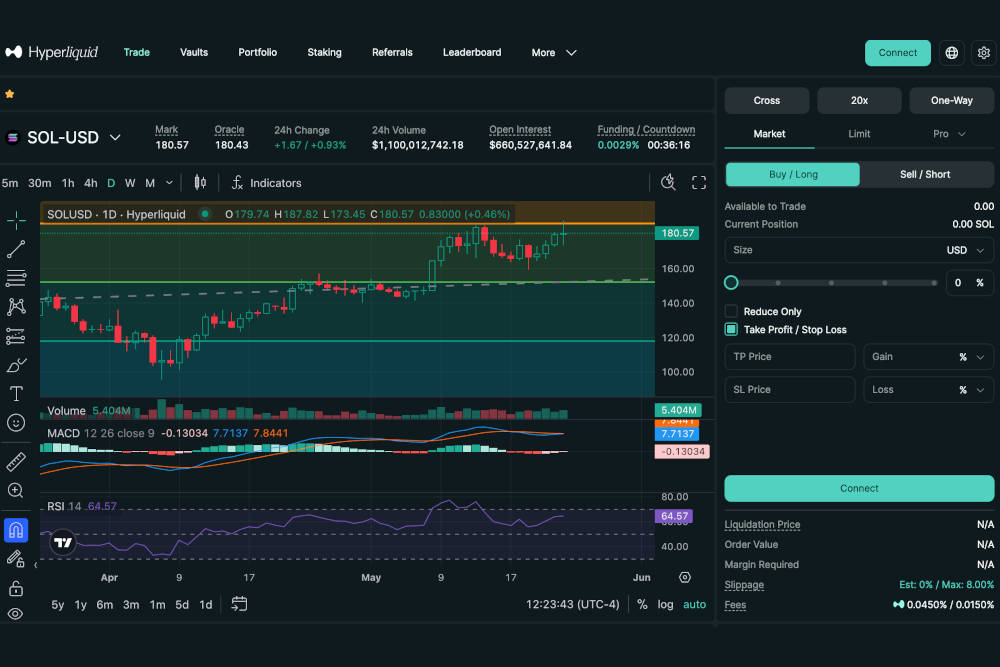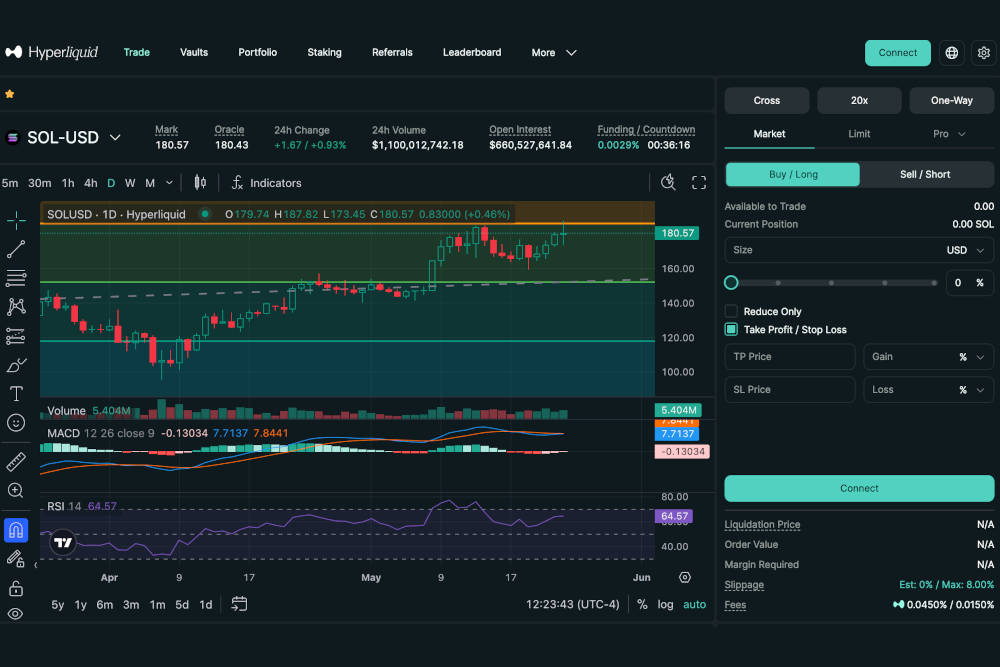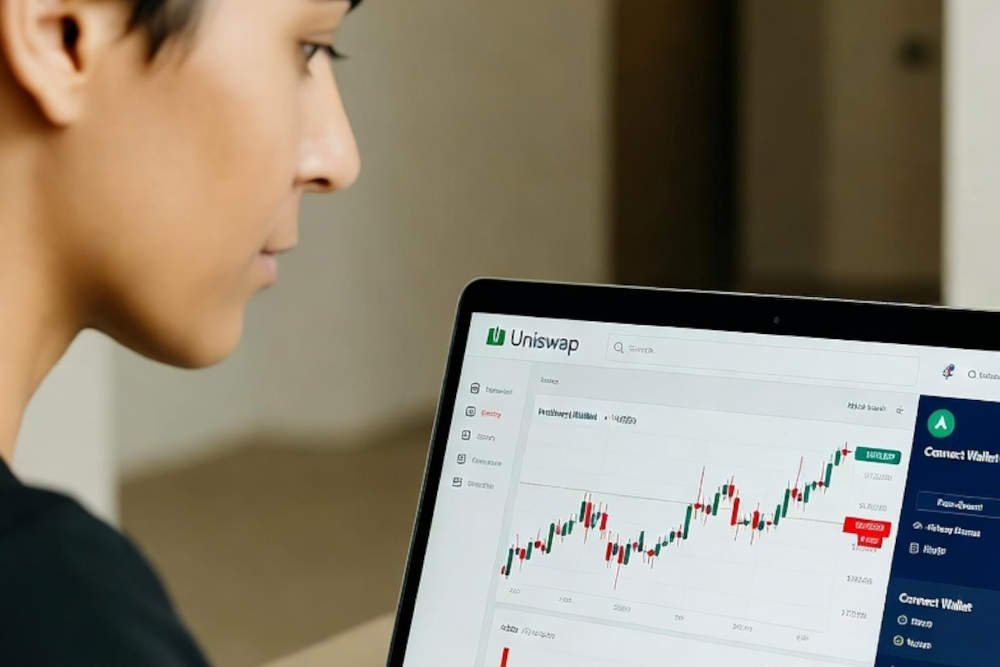
Market trends don’t move in a straight line. Even strong downtrends eventually slow down, reverse, and start moving upward. Bullish reversals are one of the most profitable opportunities in trading — but also one of the most misunderstood. Many traders either enter too early and get stopped out, or too late and miss the best part of the move.
This guide breaks down how to spot bullish reversals, which indicators to use, how to plan entries and exits, and risk-management strategies that protect your capital. Whether you’re trading crypto, stocks, forex, or commodities, the same principles apply.
Panaprium est indépendant et pris en charge par les lecteurs. Si vous achetez quelque chose via notre lien, nous pouvons gagner une commission. Si vous le pouvez, veuillez nous soutenir sur une base mensuelle. La mise en place prend moins d'une minute et vous aurez un impact important chaque mois. Merci!
✅ What Is a Bullish Reversal?
A bullish reversal occurs when the market shifts from a downtrend (lower highs, lower lows) to an uptrend (higher highs, higher lows). This shift can happen gradually or suddenly based on price behavior, liquidity, and market sentiment.
A bullish reversal is confirmed when:
-
The downtrend stops making lower lows.
-
Buyers show stronger momentum than sellers.
-
Price forms a new higher high after a previous swing low.
However, not every bounce is a reversal. Some moves are just bear market rallies or liquidity traps designed to catch impatient traders.
Your goal is to learn how to distinguish real reversals from temporary bounces.
📉 Signs a Downtrend Is Losing Strength
Before a reversal happens, the market often shows subtle clues that sellers are weakening:
| Sign of Weakening Selling | What It Means |
|---|---|
| Volume decreases on red candles | Sellers are losing conviction |
| Price stops breaking key support levels | Buyers are absorbing sell pressure |
| Momentum oscillators show bullish divergence | Price down but strength rising |
| Candles close above previous resistance lines | Buyers gaining control |
Watching for these signs helps you avoid entering too early.
🔑 Key Tools for Identifying Bullish Reversals
To recognize high-probability reversals, use a combination of:
1. Support Levels
Look for price reacting at a historical demand zone where buyers previously stepped in.
Example:
-
Market falls → hits a region where price reversed before → buying interest increases.
2. Trendlines & Market Structure
The reversal is credible when:
-
Price stops making lower lows
-
A new higher low forms
-
Price breaks previous swing high
This is your structural confirmation.
3. Candlestick Patterns
Certain candle formations reveal buyer strength at key levels:
| Pattern | Meaning | Strength |
|---|---|---|
| Hammer | Buyers rejected sell pressure | High at support |
| Bullish Engulfing | Strong buying momentum shift | Very high |
| Morning Star | Momentum shift across 3 candles | High |
| Piercing Pattern | Strong defense at support | Medium-High |
Wait for these patterns at support — not randomly in the middle of the chart.
4. Momentum Oscillators (RSI, MACD)
-
RSI bullish divergence: Price makes lower lows, RSI makes higher lows → reversal signal.
-
MACD crossover: When MACD line crosses above signal line in oversold territory.
5. Volume Confirmation
Volume is the truth behind price action.
-
Rising volume during reversal candles → strong buying interest.
-
Low volume reversals → likely fakeouts.
🎯 Best Bullish Reversal Chart Patterns
These chart patterns have historically high probabilities when paired with volume and support:
| Pattern | Description | Entry Strategy |
|---|---|---|
| Double Bottom | Price tests support twice | Enter after neckline break |
| Inverse Head & Shoulders | Large base-forming pattern | Enter after right shoulder breakout |
| Falling Wedge | Downtrend compression → breakout | Enter on wedge breakout + retest |
| Rounded Bottom | Slow accumulation phase | Enter on breakout of resistance curve |
These patterns help identify when buyers are quietly accumulating before a stronger rally.
🧭 Step-by-Step Strategy: Trading a Bullish Reversal
Here is a simple but powerful trading process:
Step 1: Identify the Downtrend
Confirm price is making lower highs and lower lows.
Step 2: Find the Support Zone
Look for:
-
Previous price reversal zones
-
High volume nodes
-
Psychological levels (e.g., $1.00, $100, $1000)
Step 3: Look for Reversal Candlestick Signals
Examples:
-
Hammer candle rejecting support
-
Bullish engulfing at support
Step 4: Confirm with Indicators
-
RSI bullish divergence
-
MACD bullish crossover
-
Volume spike on reversal candle
Step 5: Enter on Retest (NOT the breakout)
This is key.
Entering too early = get shaken out.
Entering too late = worse price.
The highest probability entry is:
→ Breakout + Pullback (retest of support)
Step 6: Set Stop Loss and Targets
-
Stop loss: Below the support zone or candle wick
-
Target 1: Previous resistance level
-
Target 2: A higher structural high
🛡️ Risk Management Rules (Don’t Skip These)
Even the best setup can fail. Protect your capital:
| Rule | Why |
|---|---|
| Risk less than 1–2% of account per trade | Prevents account blow-ups |
| Always use a stop loss | Downtrends can resume fast |
| Avoid entering on hype / emotional impulse | Reversals require patience |
| Scale in/out slowly | Smooths volatility impact |
Never buy a reversal just because price looks cheap.
🧠 Common Mistakes Traders Make
| Mistake | Consequence |
|---|---|
| Entering before confirmation | Fakeout losses |
| Ignoring volume | Misreading momentum |
| Using only indicators | No context = bad entries |
| Setting tight stop losses | Easily wicked out |
| Chasing the breakout candle | Poor risk-reward ratio |
The market rewards those who wait patiently for confirmation.
📊 Example Trade Walkthrough (Generalized Scenario)
-
Price is in a downtrend.
-
It reaches a historical support zone.
-
RSI forms bullish divergence.
-
A bullish engulfing candle forms.
-
MACD crosses bullish.
-
Price breaks previous swing high.
-
Wait for price to retest new support.
-
Enter trade at retest.
-
Place stop loss under support.
-
Target previous key resistance areas.
Following this method increases consistency significantly.
✅ Final Takeaway
Bullish reversals are among the most profitable trade setups — but only if you wait for clear confirmation. Use support zones, candlestick patterns, momentum indicators, and volume to validate the reversal. Enter on the retest, manage risk properly, and you’ll avoid the majority of fakeouts that trap traders.
Trading is not about catching tops or bottoms.
It’s about catching the middle, where the probability is highest.
Cet article vous a-t-il été utile ? S'il vous plaît dites-nous ce que vous avez aimé ou n'avez pas aimé dans les commentaires ci-dessous.
Avertissement: Le contenu ci-dessus est fourni à titre informatif et éducatif uniquement et ne constitue en aucun cas un conseil financier ou d'investissement. Effectuez toujours vos propres recherches et envisagez de consulter un conseiller financier ou un comptable agréé avant de prendre toute décision financière. Panaprium ne garantit ni n'approuve nécessairement le contenu ci-dessus, et n'en est en aucun cas responsable. Les opinions exprimées ici sont basées sur des expériences personnelles et ne doivent pas être considérées comme une approbation ou une garantie de résultats précis. Les décisions d'investissement et financières comportent des risques, dont vous devez être conscient avant de prendre des décisions.
About the Author: Alex Assoune
Contre Quoi Nous Luttons
Les groupes multinationaux surproduisent des produits bon marché dans les pays les plus pauvres.
Des usines de production où les conditions s’apparentent à celles d’ateliers clandestins et qui sous-payent les travailleurs.
Des conglomérats médiatiques faisant la promotion de produits non éthiques et non durables.
De mauvais acteurs encourageant la surconsommation par un comportement inconscient.
- - - -
Heureusement, nous avons nos supporters, dont vous.
Panaprium est financé par des lecteurs comme vous qui souhaitent nous rejoindre dans notre mission visant à rendre le monde entièrement respectueux de l'environnement.
Si vous le pouvez, veuillez nous soutenir sur une base mensuelle. Cela prend moins d'une minute et vous aurez un impact important chaque mois. Merci.
































0 commentaire